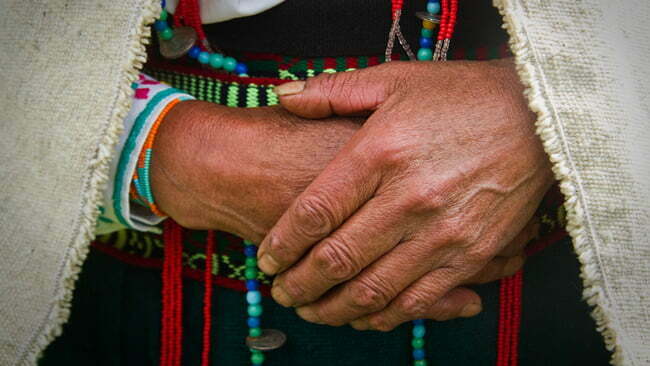The Decade of Indigenous Languages
 According to the United Nations, over half of the world’s 7,000 languages are in danger of disappearing, and the Decade of Indigenous Languages was declared from 2022-2032 to address this critical issue. The objective of the decade is to increase consciousness regarding the significance of safeguarding and advancing endangered languages and to inspire their rejuvenation.
According to the United Nations, over half of the world’s 7,000 languages are in danger of disappearing, and the Decade of Indigenous Languages was declared from 2022-2032 to address this critical issue. The objective of the decade is to increase consciousness regarding the significance of safeguarding and advancing endangered languages and to inspire their rejuvenation.
Indigenous languages, which are native to a specific geographic region or cultural group, and, are distinct from the dominant or majority language of a country or region, are often ancient, traditional, and minority languages. They are often passed down from generation to generation and reflect the unique cultural identity, history, and knowledge of the indigenous communities that speak them. Examples of indigenous languages include Navajo, Apache, and Hopi in the United States, Warlpiri, Yolngu, and Anindilyakwa in Australia, and Maasai, Kikuyu, and Xhosa in Africa.
Indigenous languages are a vital component of the global cultural heritage and play a critical part in maintaining indigenous communities’ identity, knowledge, and traditions. These languages also serve as the primary means of communication and are often the only way to pass on traditional knowledge, customs, and beliefs from one generation to the next.
Unfortunately, the number of speakers of indigenous languages is rapidly declining due to a lack of support and resources, as well as the spread of dominant languages, globalization, colonialism, and forced assimilation. In many cases, indigenous languages are no longer taught in schools, and children are discouraged from speaking them.
The Decade of Indigenous Languages provides a platform to raise awareness of the significance of preserving and advancing threatened languages and to motivate their revitalization. During this decade, promoting linguistic diversity and multilingualism and revitalizing endangered languages through education, media, and technology are called for by the UN.
Conclusion:
The significance of the Decade of Indigenous Languages lies in the protection and promotion of the world’s endangered languages. It offers an opportunity to increase consciousness about the importance of preserving linguistic diversity and to motivate the rejuvenation of indigenous languages. By supporting the Decade of Indigenous Languages, the rich cultural heritage and traditional knowledge of indigenous communities can be safeguarded from being lost forever.
References:
